1. Writing Letters

Before phones and texting took over, letter writing was the lifeline between loved ones. Families would sit down with pen and paper, sharing everything from everyday news to heartfelt emotions. It was common to tuck in a photo, recipe, or even a pressed flower to make the message feel more personal. The anticipation of waiting for a letter to arrive created a kind of magic, a reminder that someone had taken time just for you shares Reddit.
Children might receive birthday cards with hand-drawn doodles from cousins across the country. Soldiers overseas held onto every word written by their families back home. Grandparents kept boxes of old letters as treasures, rereading them when they missed someone. It was slow, yes, but deeply meaningful adds Quora.
2. Sunday Family Dinners
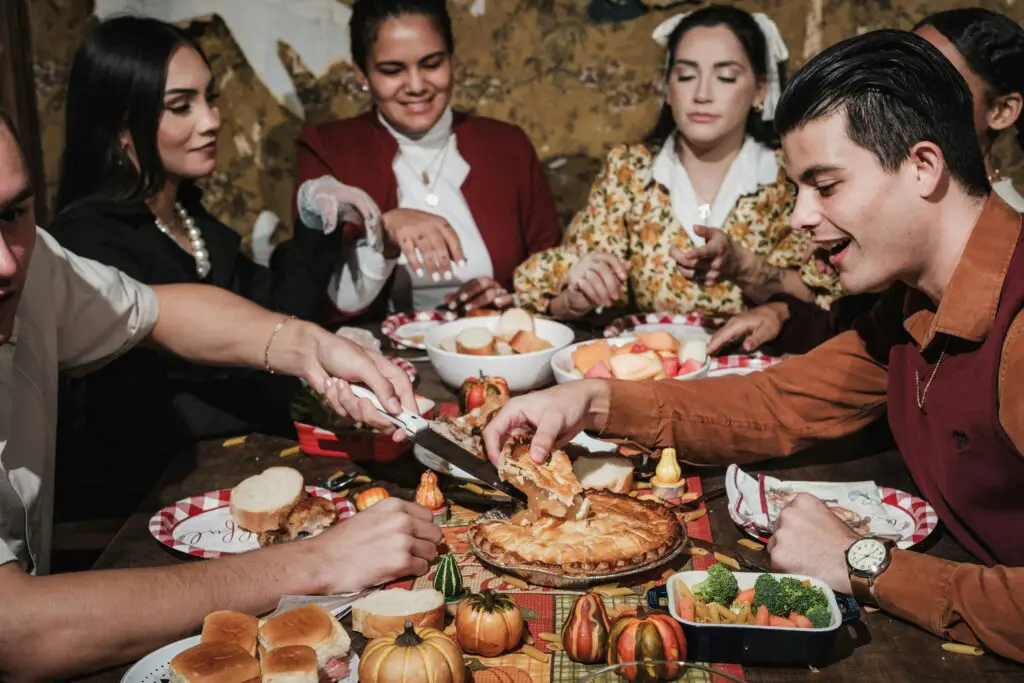
Every Sunday felt a little like a holiday when extended families gathered around the dinner table. Grandparents, aunts, uncles, and cousins would bring casseroles, pies, and stories to share. These meals weren’t just about eating, they were about catching up, laughing, and staying part of each other’s lives. You could hear three conversations happening at once—someone talking politics, someone reminiscing, someone scolding a kid for sneaking a roll says Unplugged Cabins.
Recipes were passed down over mashed potatoes, and advice flowed just as freely as the iced tea. No one was glued to a screen, so the focus stayed on the people in front of you. These moments helped families feel whole, even when they lived far apart. The food may have brought everyone in, but it was the connection that made them stay explains the Atlantic.
3. Reunions and Picnics
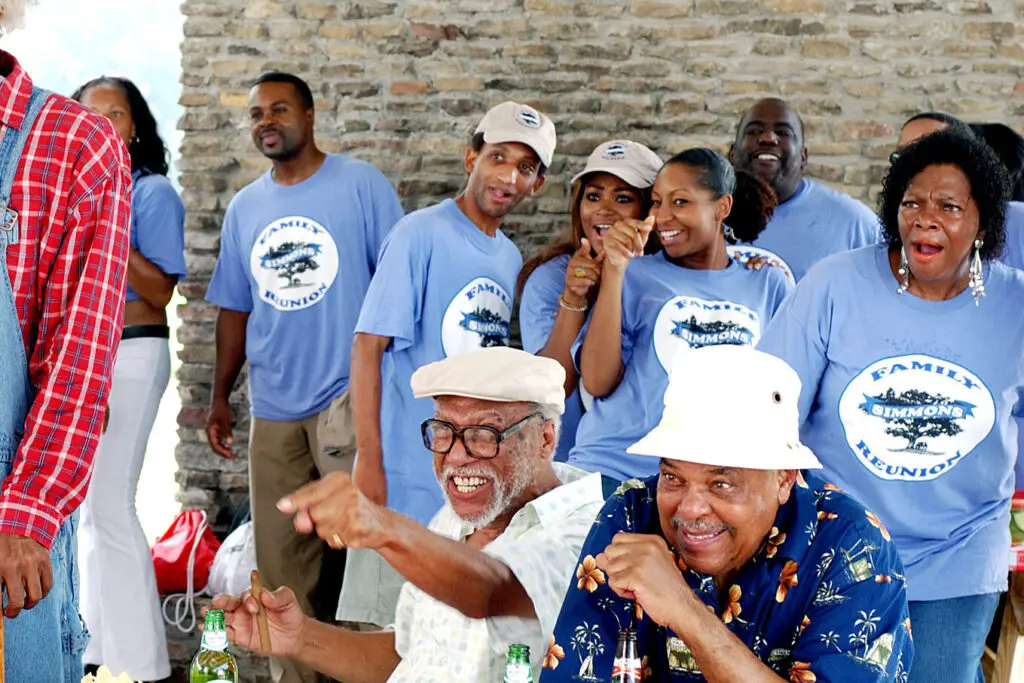
Reunions weren’t just something you saw in movies—they were carefully planned events families looked forward to every year. Someone would reserve the park or church basement, and everyone would pitch in with food, drinks, and folding chairs. Cousins who hadn’t seen each other in ages would instantly reconnect over potato salad and lawn games.
Old photo albums would be passed around, and someone’s job was always to collect updated addresses and birthdays. There’d be hugs, laughs, and sometimes even a little drama. Still, it was worth it just to spend a whole afternoon together. It was a reminder that no matter how much time passed, family ties didn’t break.
4. Holiday Cards
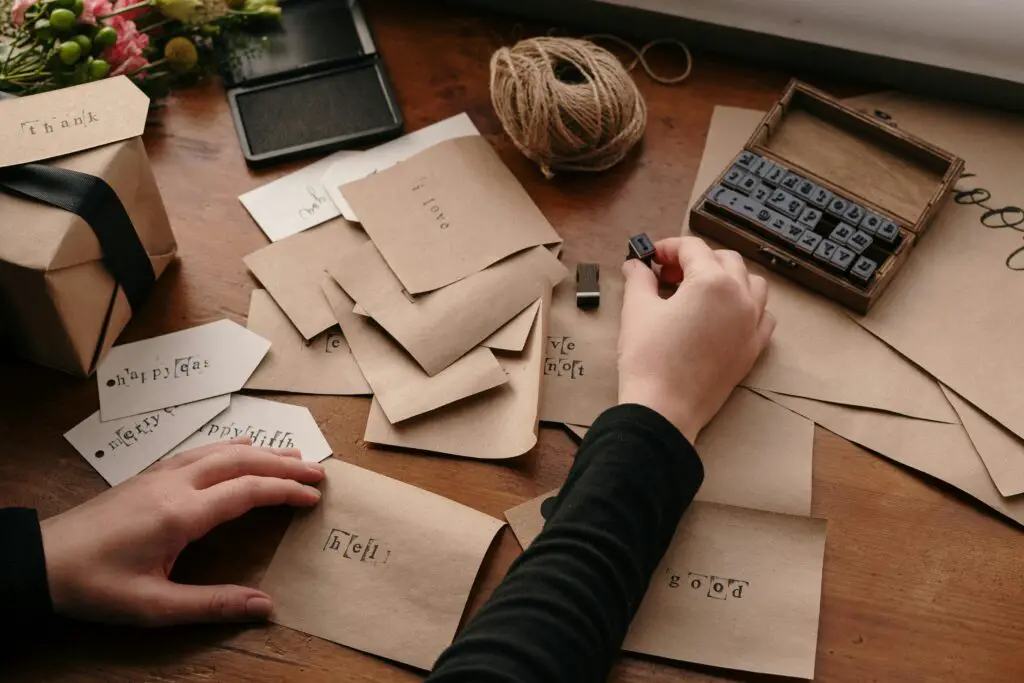
Long before digital greetings, sending holiday cards was a tradition that helped families stay in touch. People would handwrite a message or include a family update to go with the cheerful photo or snowy scene on the front. It wasn’t unusual to receive a card from someone you hadn’t seen in years but still thought of fondly.
Some families even typed up newsletters that listed milestones like graduations, new babies, or vacations taken. These cards would be taped up around the house, making the holiday season feel extra warm and connected. It gave people a chance to say, “We’re still thinking of you,” even if life had taken them in different directions. The mailbox was a lot more exciting back then.
5. Family Scrapbooks
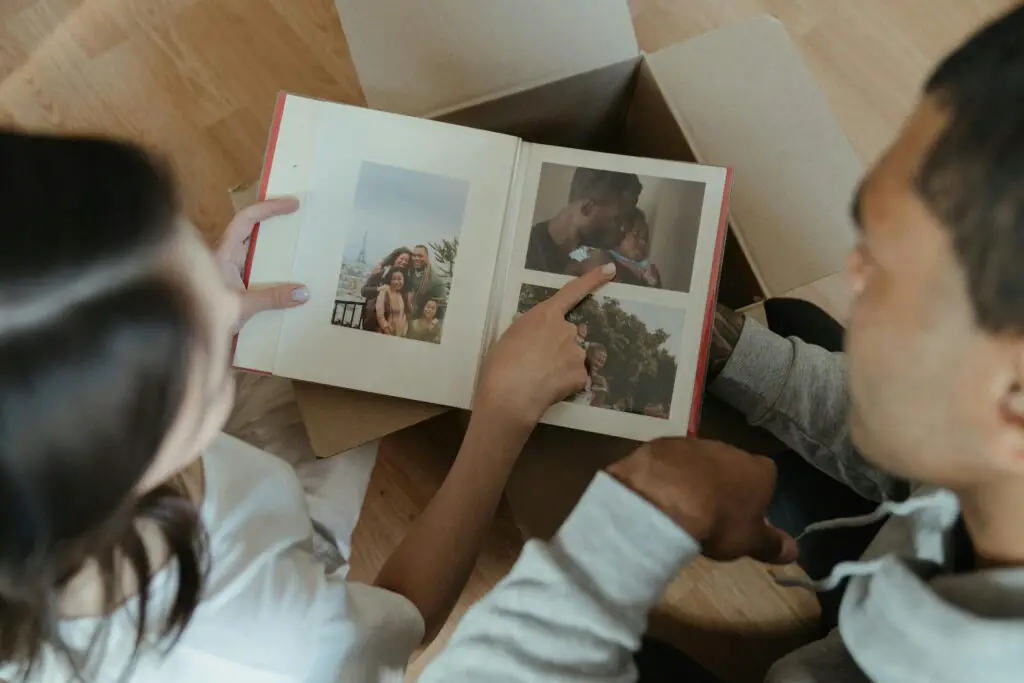
Scrapbooking wasn’t just a hobby, it was a way to record and relive family memories. Parents would save ticket stubs, birthday cards, report cards, and photographs, carefully arranging them with little notes and captions. Kids loved flipping through the pages and seeing baby pictures or photos of vacations they barely remembered.
It gave everyone a chance to slow down and reflect on shared moments. And when those albums came out during visits, stories poured out. “Remember this?” was often followed by laughter or the start of a beloved family tale. These books were more than just paper and glue, they were a portable family history.
6. Party Line Telephones

In rural areas especially, party lines were a quirky but effective way to stay in touch. Several families shared one phone line, and each had a distinctive ring so they knew who the call was for. It wasn’t private, and sometimes you’d pick up to hear your neighbor chatting with her sister, but it got the job done.
People respected the system, mostly, and it encouraged more direct communication since you never knew who might be listening. If one family needed help or had news to share, word spread fast. You might hear about a birth, a death, or a snowstorm through the grapevine of shared conversations. It sounds chaotic now, but it brought people closer in unexpected ways.
7. Sleeping Over at Grandma’s
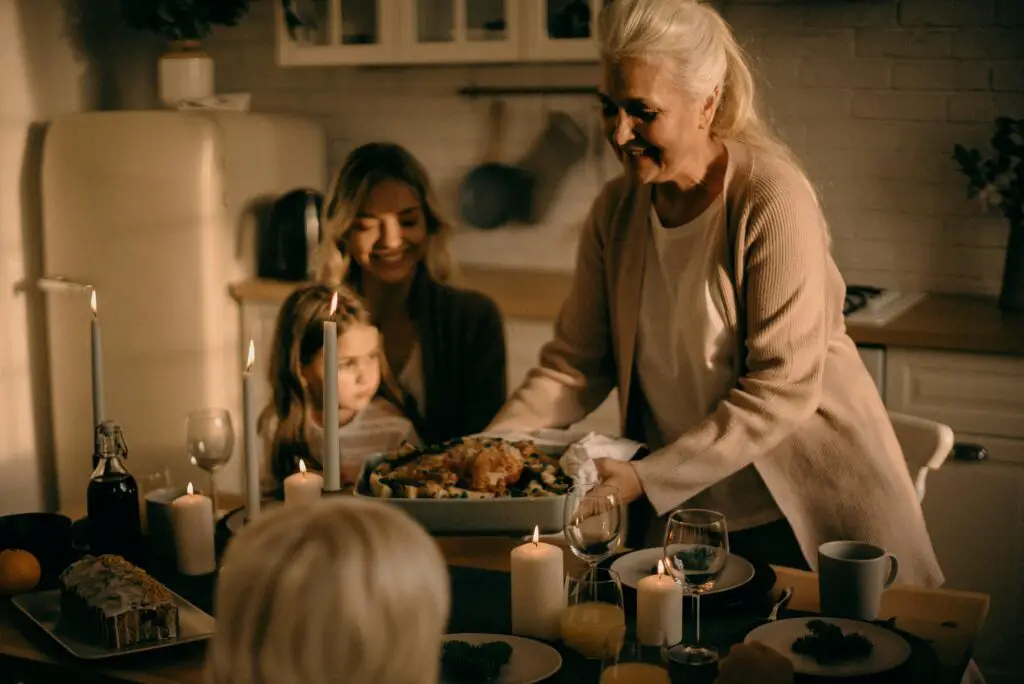
Staying the night at Grandma’s house wasn’t just a treat, it was a bridge between generations. Kids would get to hear stories about “back in my day,” learn old-fashioned card games, or help roll out cookie dough. These visits gave kids a deeper understanding of where they came from.
And it wasn’t just fun—it was a way for families to bond without distraction. Parents got a break, and grandparents got precious time with the grandkids. Even the bedtime routines felt special—maybe a story by the fire or the comfort of a handmade quilt. These overnights weren’t flashy, but they were full of heart.
8. Visiting Relatives
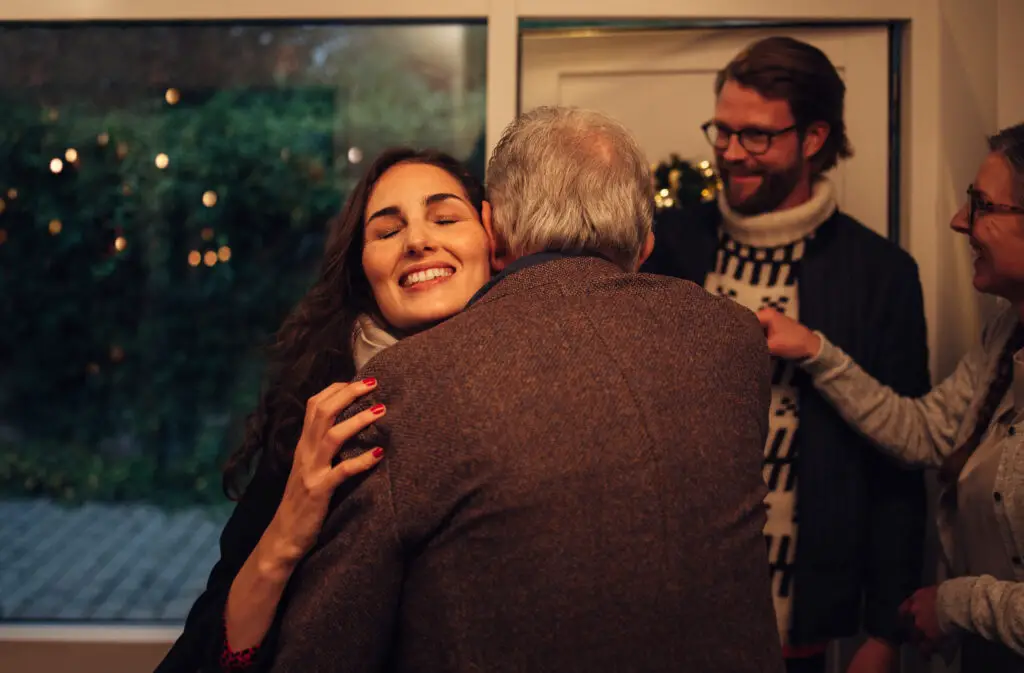
Back before texts and FaceTime, you got in the car and drove to see people. Whether it was across town or a couple of hours away, visiting relatives was a regular part of life. There was something comforting about knocking on a familiar door and being greeted with hugs and the smell of something on the stove.
Kids would play outside while the grown-ups caught up over coffee. Sometimes the visit lasted a few hours, sometimes the whole weekend. You didn’t need a reason beyond “we were thinking of you.” That kind of effort made the relationships stronger.
9. Passing Down Stories

Storytelling was more than entertainment—it was how family history stayed alive. Around the dinner table or a fireplace, elders would share tales about growing up, falling in love, or surviving tough times. These weren’t just facts, they were vivid memories painted with emotion and wisdom.
Children learned about ancestors they never met and gained a sense of pride in their roots. Even the exaggerated or silly parts made the stories more memorable. These conversations created connections that went beyond a single generation. They made family feel like something bigger than the people in the room.
10. Playing Board Games Together
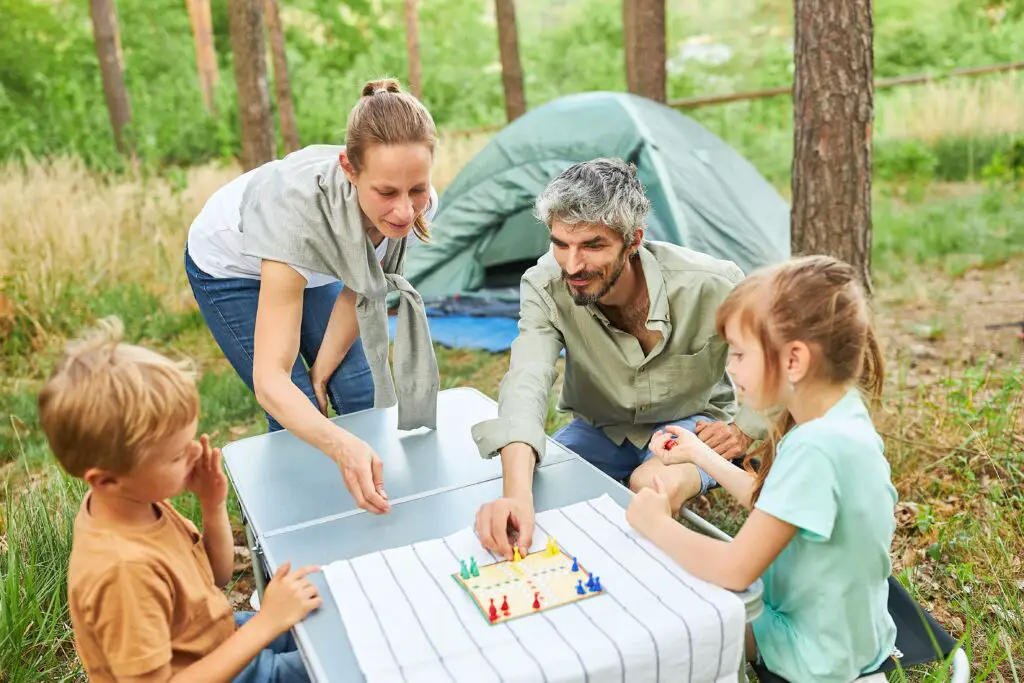
Game night was a regular occurrence in many homes, and it brought everyone to the same table. Whether it was Monopoly, Clue, or a deck of cards, the fun wasn’t just in winning—it was in the laughter and togetherness. Kids learned to strategize, negotiate, and sometimes lose gracefully.
Parents got a break from their routines and a chance to relax and enjoy their children. There was playful teasing, inside jokes, and snacks that were only served on game night. It was a screen-free way to stay connected and build memories. And long after the pieces were put away, the fun lingered.
11. Group Chores and Projects
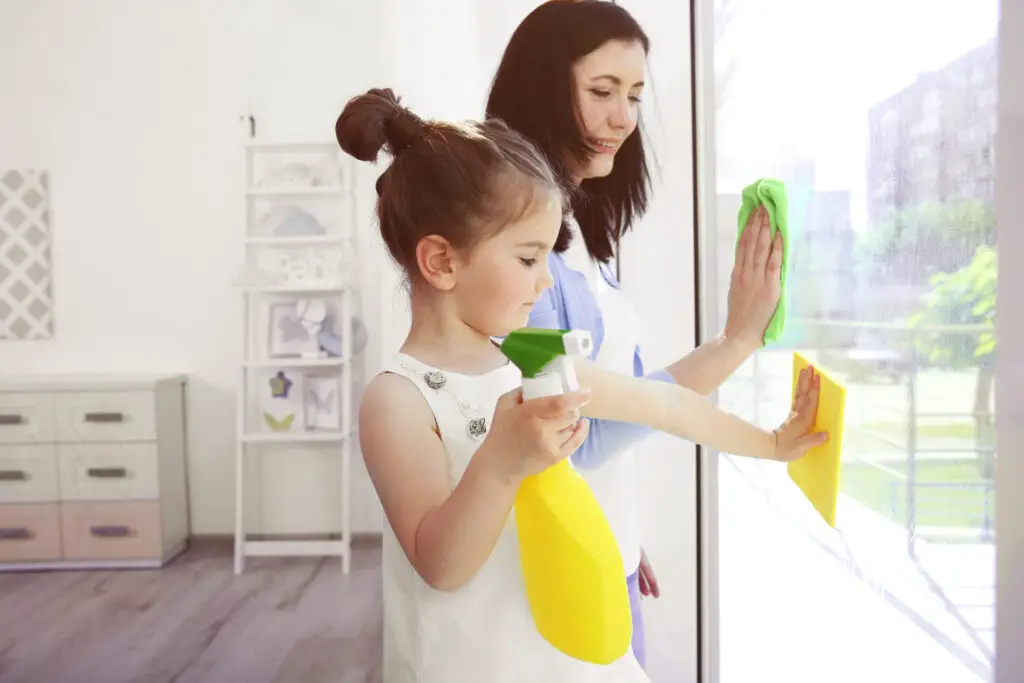
Believe it or not, even chores brought families together. Whether it was raking leaves, painting a room, or canning tomatoes, working side by side created a kind of camaraderie. Tasks that might’ve been boring alone became meaningful when shared.
You had time to talk, laugh, and maybe even argue a little while you worked. Kids learned responsibility, and parents got a helping hand. At the end, there was always a sense of pride in what you accomplished as a group. It may not have been glamorous, but it was deeply bonding.
12. Sitting on the Front Porch
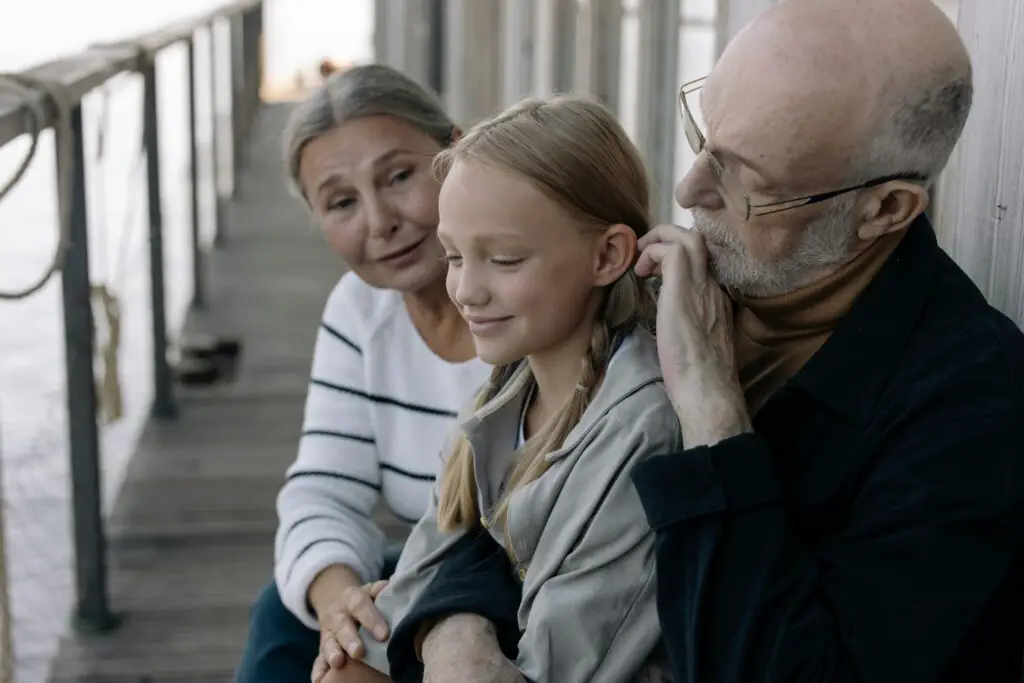
Before everyone retreated indoors with their devices, the front porch was a hub of family and neighborhood life. Parents would relax in rocking chairs while kids played in the yard or rode bikes up and down the block. Neighbors would stop by for a quick chat or a cup of tea, and no one was in a hurry to leave.
It was a way to check in with each other without making it a big deal. You talked about your day, watched the sunset, or just sat together in comfortable silence. It created space for small moments of connection that added up over time. The porch was simple, but it meant a lot.
13. Reading Aloud
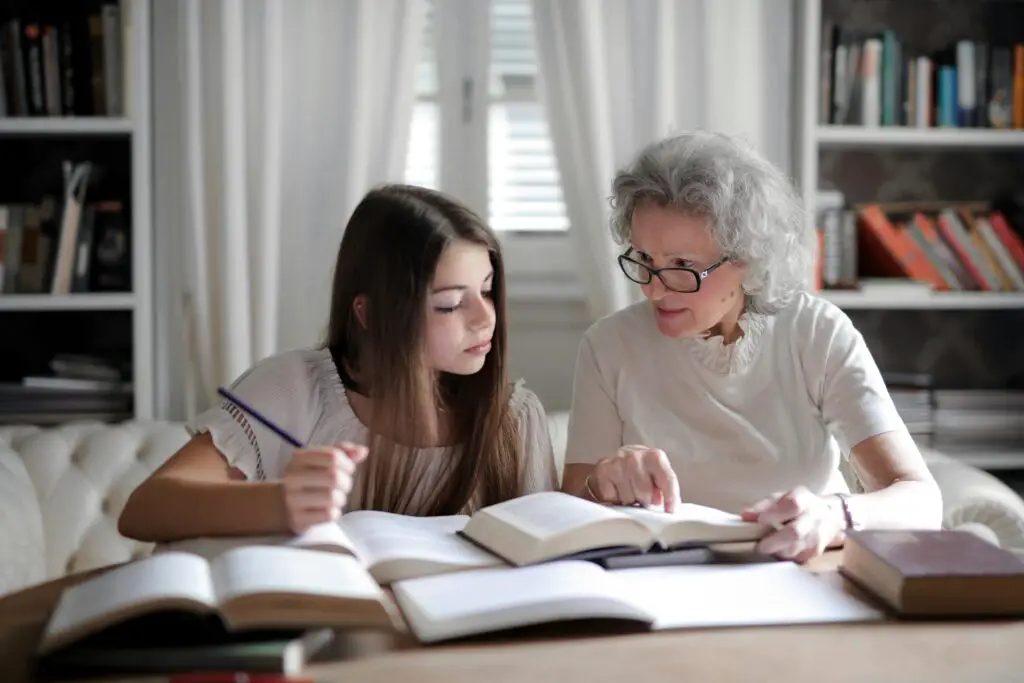
Reading aloud wasn’t just for little kids—it was a tradition in many households that everyone could enjoy. Parents or older siblings would read chapters of a novel night after night, turning it into a shared experience. Some families even had a favorite book they returned to year after year.
It created a rhythm to the evening and a peaceful way to wind down together. The sound of a familiar voice, the comfort of a story, and the coziness of being together made it special. Sometimes, those stories sparked real-life conversations that brought everyone closer. And long after the book was finished, the memory stayed.
14. Keeping Photo Albums

Photo albums weren’t just for show, they were constantly pulled off the shelf to relive happy moments. Birthdays, graduations, family vacations—all captured in prints that you could hold in your hands. There was something about flipping through those pages that brought people together instantly.
You’d laugh at old hairstyles, remember loved ones who were gone, and maybe even argue over who took the worst photo. But mostly, it was a way to say, “Look at this life we’ve shared.” Albums sparked stories and reminded everyone of their place in the family. It was a visual way to stay connected when time moved fast.
